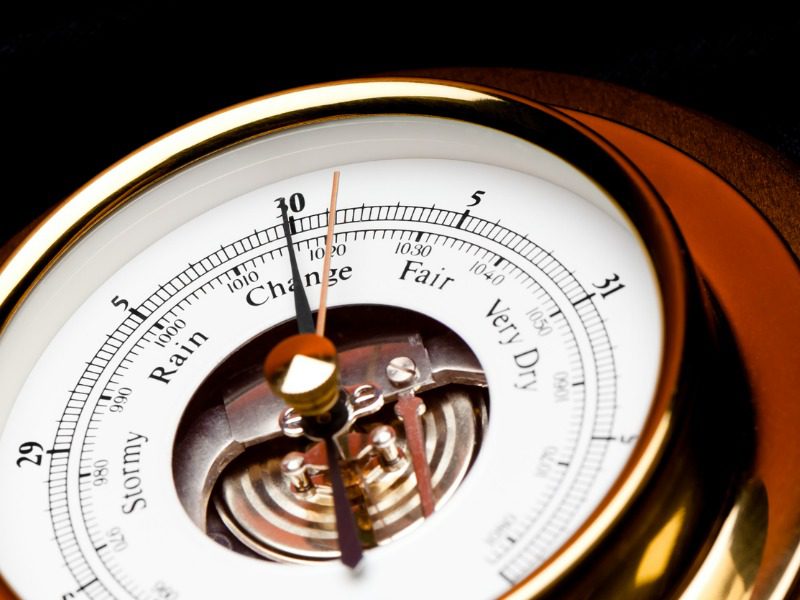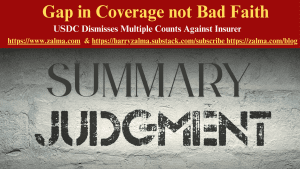What’s the better parametric insurance trigger for Canadian hurricanes?

Hurricane risk differs in Canada, which is why parametric insurance triggers that work in the U.S. may not be as effective in Canada, said a panellist in a Canadian Underwriter webinar.
Even so, hurricane risk in Canada is increasing as more severe and frequent storms make landfall in Canada due to climate change.
Parametric insurance is a type of index-based insurance policy, where a payout is triggered automatically by a predetermined set of parameters that underwriters tailor to an insured’s risks. For example, 100km/h windspeeds could trigger an insurance payout.
But barometric pressure may be a better indicator for Canadian insureds for a storms overall impact to an area, rather than windspeed which is typical for U.S. insureds, said Megan Linkin, senior parametric NatCat structurer for Swiss Re Corporate Solutions during Hurricane risk: what the future holds for Canada.
“As storms move north in the Atlantic, they tend to become very large, like we saw with Hurricane Fiona and Hurricane Sandy, and so their peak wind speeds aren’t exactly going to be as high as Katrina and Andrew and Ida and Ian, like we see further south,” she said. “Rather, the highest wind speed in the storm will be a bit slower, but they’re going to have a very large wind field with a very deep central pressure at their core. And again, that’s what we saw with Fiona.
“[In Canada, barometric pressure] is likely going to be the best representative metric as to the storms overall impact in the area,” she said.
For meteorologists, a high reading on a barometer often indicates high pressure, which is often associated with clear skies and calm weather. A low reading on the barometer is often associated with bad weather or storms.
Fiona reportedly produced the lowest barometric pressure ever recorded on Canadian soil at 931.6mb, according to the Canadian Hurricane Centre.
The benefit to parametric insurance, however, is that insureds can choose both what their insurance trigger is and how they would like to use their payout should a claim occur, said Linkin.
“One piece of information that tends to be very informative when designing a parametric cover for a new buyer is, have they experienced a recent event that they would like a parametric cover for, that can help inform us how we should design the product? And what is the best trigger? Is it barometric pressure? Is it wind speed at your specific location? Is it maximum wind speed anywhere in the storm?
“You can use [your payout] to address wind damage, rain damage, flood damage. We’re not interested in delineating how you decide to use those funds to cover what sub-peril a hurricane can bring.”
Feature image by iStock.com/EHStock



